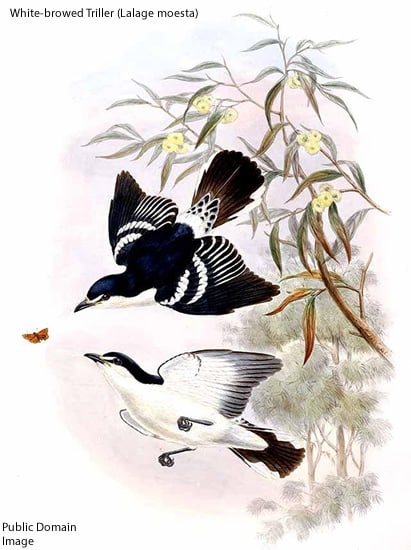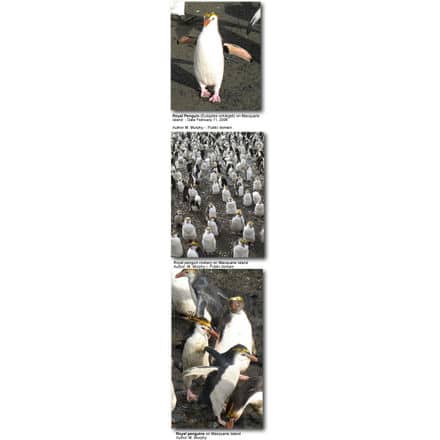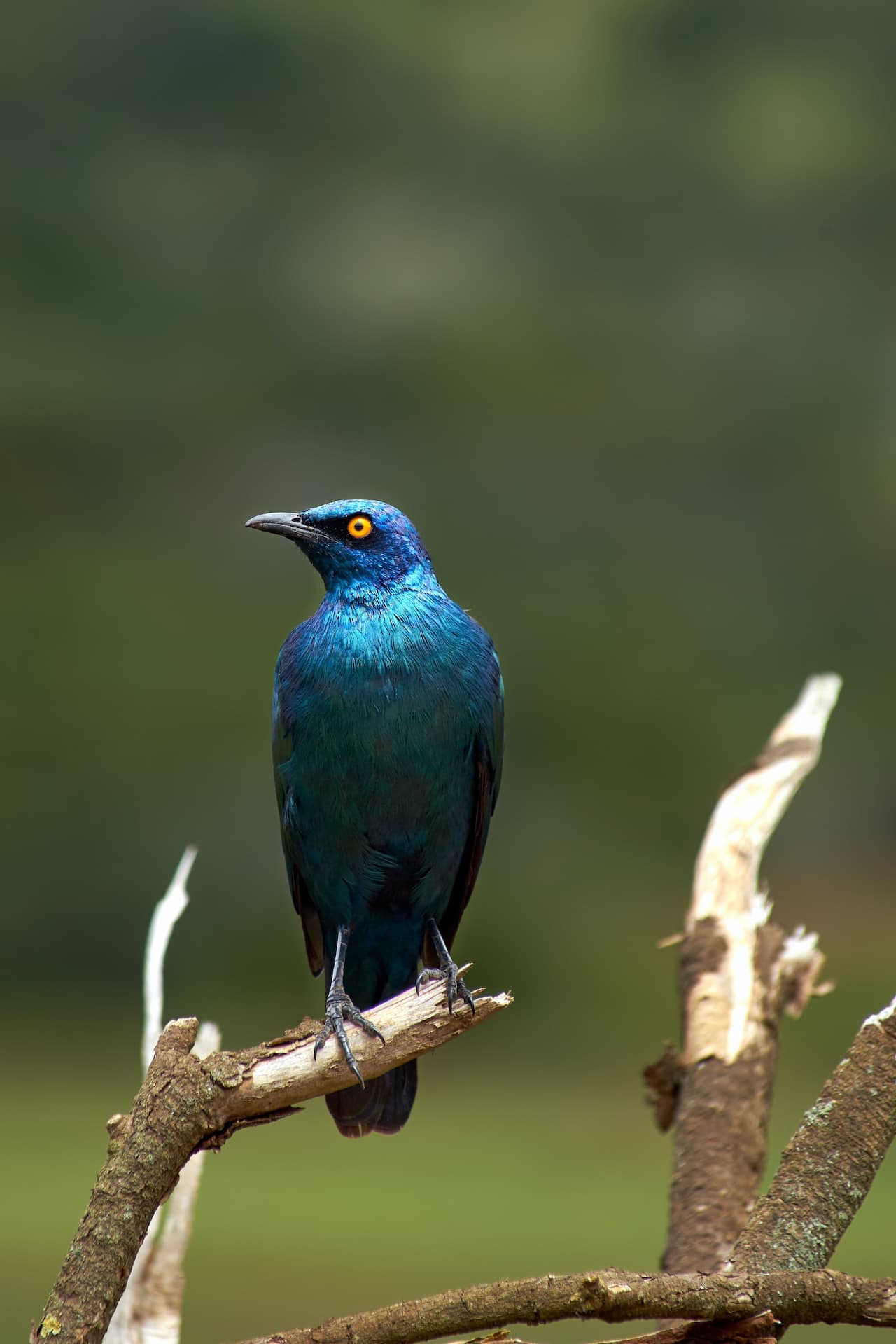Sponges in Danger – Can Sponges Survive Climate Change?
When we think of species at risk of extinction, our mind may drift to charismatic mammals or large oceanic predators.
But collectively, vertebrates, or animals with a backbone, make just 3% of animals found on Earth. That means a whopping 97% of all animal life on earth comprises of invertebrates, or animals without a backbone.
Because of their small size, invertebrates are often forgotten. But make no mistake, invertebrates, including sponges, are too at risk of extinction.
What Is Climate Change?
With 2022 thought to be the hottest year since records began, climate change has been at the forefront of political debates and conservation strategies.
But what really is climate change?
Climate change refers to a shift in our planet’s weather patterns and average temperatures. Weather events are becoming more extreme and unpredictable: droughts, wildfires, and flooding to name a few (nasa.gov).
Since the Industrial Revolution, humans have pumped copious amounts of greenhouse gases into the air by burning fossil fuels, such as oil and gas.
These greenhouse gasses, such as carbon dioxide and methane, build up in our atmosphere and create a warming effect – much like a blanket (metoffice.gov).
But a global increase in temperatures is the tip of the iceberg (at least whilst icebergs are still around).
As temperatures continue to rise, so do sea levels. The melting of polar ice caps, due to a warmer climate, is estimated to contribute to a rise of 70 meters; flooding every coastal city on Earth (usgs.gov).
How Does Climate Change Affect Sponges?
An increase in temperature throughout the ocean has led to mass mortality events in an array of sponge communities.
In a recent study, sponges under temperature stress have responded negatively. Individuals were shown to have produced high levels of tissue necrosis and bleaching, as well as also displaying elevated respiration (ncbi.gov).
Climate change not only has a direct impact on sponges but also an indirect impact.
Over millennia, many sponge species have evolved a mutually beneficial symbiotic relationship with microscopic microbes. These microbes aid in many functions, such as metabolic function and waste removal. In fact, it is estimated over 40% of a sponge’s biomass comprises of these helpful microorganisms (ncbi.gov).
Unfortunately, it is these very microbes on which the sponge has become so intricately reliant, that are suffering the consequences of climate change. Slight rises in temperature can cause a relationship breakdown between the sponge and the microbe.
In unnaturally warmer waters, microbes have the ability to become harmful, pathogenic parasites to their sponge host (ncbi.gov), threatening their long-term survival. More research, however, is needed in this field to conclusively identify the trend of sponge survival and climate change.
Can Sponges Survive Climate Change?
Ocean acidification threatens the survival of shell-forming animals.
It is estimated that our ocean can absorb up to 30% of atmospheric carbon dioxide. Dissolved carbon dioxide reacts with seawater and produces an increased concentration of hydrogen ions. Ultimately, these chemical reactions are making our oceans more acidic (noaa.gov).
Whilst this is bad news for animals with hard, calcium carbonate exteriors, this is good news for certain species of sponge.
Boring sponges are the underrated recyclers of the marine world. Their name certainly doesn’t help, advertising to the world that they are unexciting and, well, boring.
However, this is far from the truth.
Also known as bioeroding sponges, boring sponges, such as Clinona varians, play an important role in their ecosystem. They erode dead and diseased corals, recycling coral material. This opens up space to allow for new settlers and increased biodiversity (ocean.edu).
Boring sponges can tolerate not only an acidic ocean but also a warmer one. Acidic oceans weaken coral and shells, which facilitates bioerosion, and a warmer temperature reduces competition.
Climate change is one of the biggest threats to the survival of many species. However, for sponges, there are more dangers that threaten their existence.
How Does Fishing Contribute to Sponge Declines?
Fishing is a global industry.
It is estimated that a staggering 2.7 trillion tonnes of fish are caught across the world every year. As our global population increases, as too will this statistic (fishcount.org).
But to capture such a quantity of living animals requires more than just a fishing rod.
One such method us the use of bottom trawling.
Towed by a boat across the bottom of the ocean, these funnel-shaped nets can be over 200 meters wide. Trawl nets are designed to capture anything in it’s wake.
As these nets are in constant contact with the seafloor, they can cause a devastating amount of destruction to benthic communities, such as sponges (fishcount.org).
A recent study looked into the effects of bottom trawling on sponge communities and predicted that sponge biomass within fishing zones could be wiped out within a year, leaving a barren oceanic desert (nature.com).
Many deep sea sponge species have evolved in isolation, far out of reach from mans destructive touch. Until now.
As fish stocks continue to become depleted, we are exploiting deeper regions. It is thought that a trawl passing over a pristine sponge community can catch up to 1.4 tons of sponge species per hour (nature.com).
But why does this matter?
It has been shown that sponge grounds are a hotspot for biodiversity; with numerous species of fish, crustaceans and echinoderms residing among sponges. These rich communities have been compared to the diverse reefs of the tropics.
These areas are of ecological and economical significance, due to their nutrient recycling qualities, acting as nurseries for commercial species and construction of habitats (nature.com).
Unsustainable Harvest of Sponges
Whilst trawling affects sponges indirectly, people have been directly targeting certain species of sponge for harvest since the rise of the Roman empire.
You may have seen sponges in supermarkets and health stores advertised as an eco-friendly alternative to the synthetic kitchen sponge.
But dive a little deeper, and the sustainability of this market may be questioned.
Demand for sea-sponges has exploded in recent years and traditional, sustainable techniques for harvest are being ditched.
Sponges have the ability to regenerate parts of their body structures when cut. This allowed people to take what they needed, whilst allowing the animal time to regenerate and grow stronger (nsgl.edu).
In the haste of keeping up with demand, harvesters are ditching this time consuming practice and taking as much of the animal as they can get away with, often killing the sponge.
To overcome this, sponge aquacultures are beginning to crop up. But, as we’ve seen with terrestrial plantations such as palm or banana, this wipes out existing biodiversity in localised regions.
Many companies, however, do take an ethical approach to sponge harvesting. If done correctly, sponges can be used and harvested in a sustainable way.
Are Sponges Harvested for Other Uses?
Advances in modern technology and healthcare have started to explore the possibility of using sponges in collagen extraction (sciencedirect.com).
Due to the high biocompatibility, collagen is a valued commodity in cosmetics, pharmaceuticals, medical care products and even within the food industry (in denatured form of collagen: gelatine).
One of the most common sources of gelatine is from bovine and porcine species – or, cows and pigs. This industry raises a lot of issues within the animal welfare sector, and novel ways of collagen extraction are being explored to offset this.
Using sponges as a replacement of collagen harvesting may be expanding, but there is still potential for sponge species to become over-harvested. We may also select and breed just a couple of species of sponges, forming a kind of intense sponge monoculture.
Due to the lack of diversity in monocultures, means diseases and parasites spread more rapidly. This is because there are few other species that can limit the spread of disease through control measures.
Conclusion
Sponge species across the globe are facing a plethora of dangers that threaten their existence, many of which are caused by mankind.
Climate change, bottom trawling and overharvesting all pose a significant risk.
For now, however, many sponge populations remain stable. But for how long? Unless we act soon, entire species could face extinction. Our species has the power to halt climate change, introduce tougher fishing laws and regulations on harvesting.
There is still hope to secure a brighter future for sponges.




